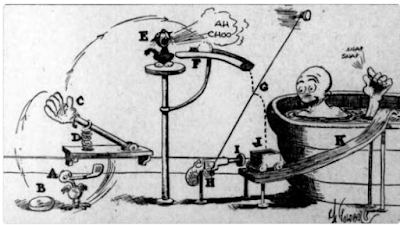
It was ECB President Draghi’s speech in the central bank conference in Portugal on June 27 that began the current market phase. He seemed to acknowledge the obvious, which that ECB officials may be as surprised as any one with the market’s dramatic response to the assessment reflationary forces are at play.

The day before Draghi spoke, the 10-year German Bund yield traded near 23 bp. It peaked a week ago near 62 bp. The yield has eased a bit in what appears to be consolidation ahead of the ECB meeting. This is part of the overall tightening of financial conditions was the market’s reaction function to Draghi’s comments. The Bloomberg measure of financial conditions has tightened by 50 bp this month. Conditions are the tightest since the end of 2014.
Macro-fundamental conditions have not changed much in recent weeks. The euro area is enjoying a cyclical expansion, and growth continues to exceed trend. However, inflation remains lower than desired, and wage growth remains modest. If last month, the ECB’s analysis allowed Draghi to conclude that the movement to price stability required continued extraordinary accommodation, then nothing since suggests otherwise. If anything, the tightening of financial conditions and would suggest less, not more future inflation.
Draghi has a particularly difficult job. On the one hand, the ECB wants to prepare investors that asset purchases are not permanent and the economic conditions that warranted the unorthodox measures are not as intense as they were previously, and the downside risks to growth and inflation have been neutralized. On the other hand, it is premature to conclude that an exit is at hand, or that the patient, the eurozone economy, and prices, can be taken off life-support.
The ECB’s balance sheet has not peaked. Leaving aside the remainder of this month, the ECB’s balance sheet is likely to expand another 300 bln euros over the last five months of the year. The ECB has not announced what it will do next year. We expect that decision to be announced in September.
















